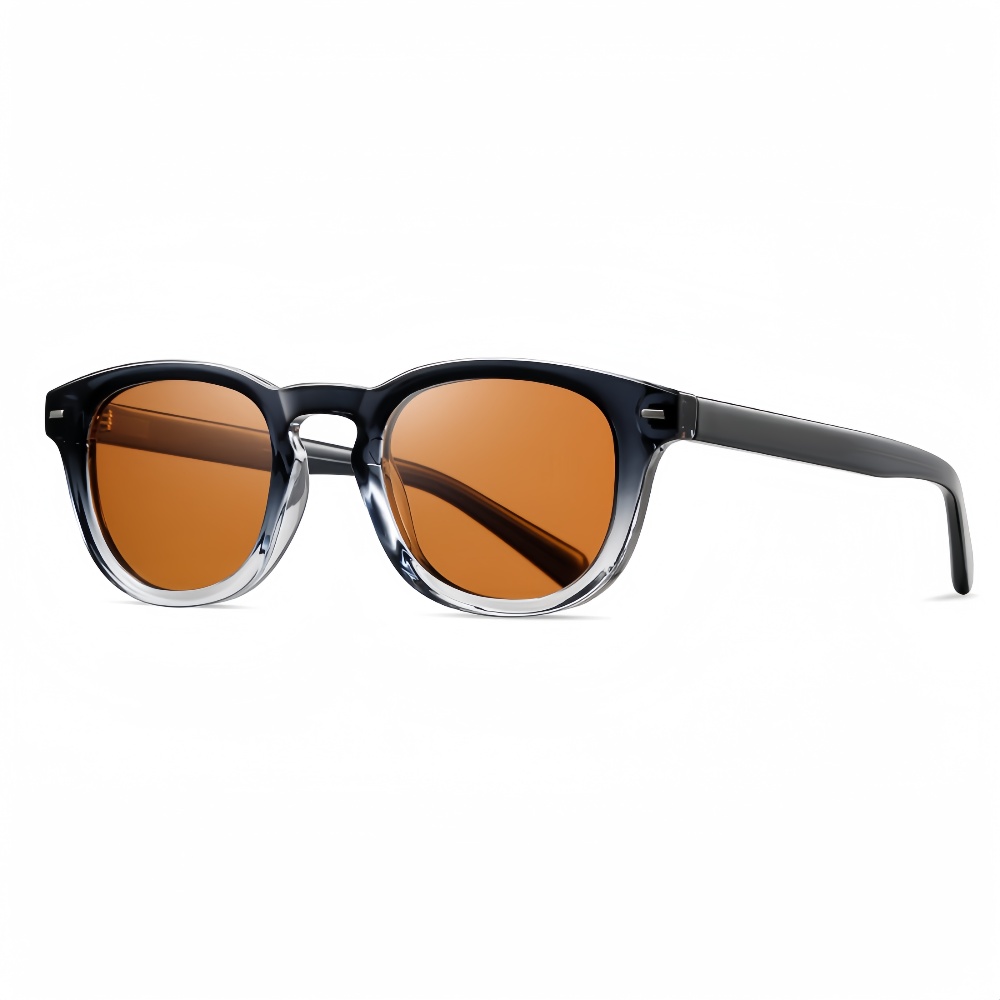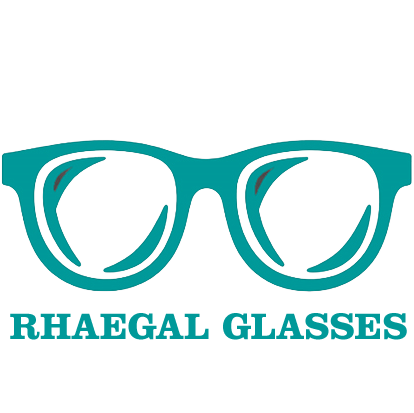
Große Dinge im Geschäftsleben werden nie von einer Person allein erreicht. Sie werden von einem Team erreicht. Wir haben diese dynamische Gruppe von Menschen

Customized Polarized Designer Sunglasses for Women
Home WhatsApp Email Eyeglasses, Titanium Frames Custom Men's Titanium Eyeglasses, Wholesale Men's Titanium Frames, Women Titanium Eyeglasses Frames Customized Polarized

Magnetic Eyeglass Frames: Are They Safe and Stylish?
Magnetic eyeglass frames have become a trendy choice for eyewear enthusiasts. But are magnetic eyeglass frames safe, and should you consider them for your next pair of glasses? This article dives deep into the world of magnetic glasses, exploring their safety, functionality, and why they might be the perfect fit for you.

China OEM Women’s Polarized Sunglasses Factories
Home WhatsApp Email Eyeglasses, Reading Glasses Custom Foldable Reading Glasses, Flat Foldable Reading Glasses, Wholesale Flat Foldable Reading Glasses China












